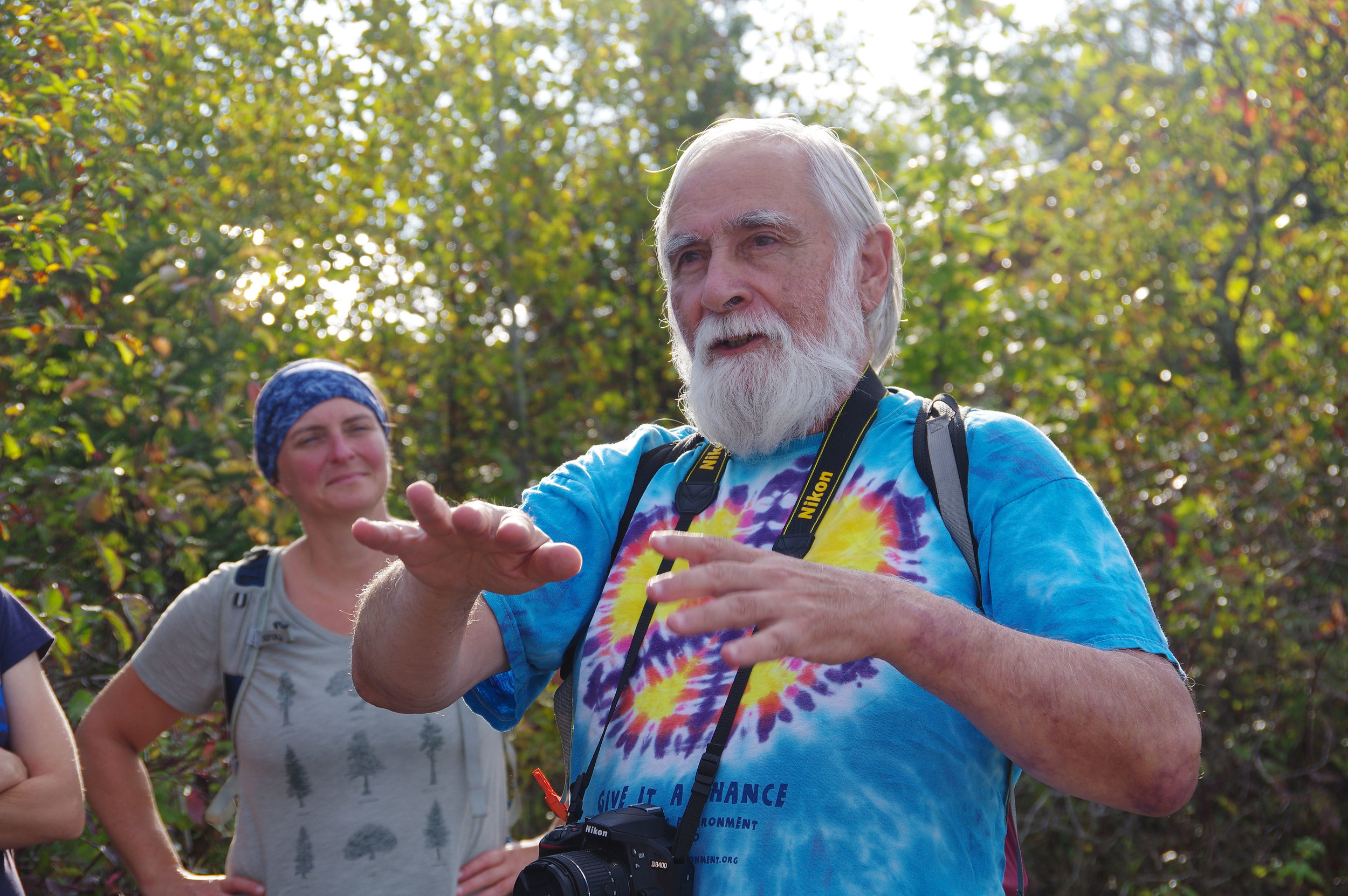They have gathered at Sandy Inlet on the north end of Lake Temagami each autumn for the last 45 years. An evolving cast of activists, cultural workers, historians, environmentalists and students concerned with Indigenous rights and Canadian and Environmental studies meet at Camp Wanapitei in N'Dakimenan, the homeland of the Teme Augama Anishnabai some 450 kilometers north of Toronto.
Sandy Inlet, Lake Temagami
I first attended the sessions as a Trent University undergraduate in 1973. That was a personal epiphany and motivating boost - first of all towards a degree in Native Studies and French and subsequently a journalistic and academic career that has frequently concentrated on issues pertaining to Indigenous peoples and history. Over the intervening years, I have been fortunate to forge strong a friendship with Wanapitei's long time directors Bruce and Carol Hodgins and other members of the camp community. I have also witnessed the long term and ongoing struggle of the Teme Augama Anishnabai to achieve social and economic justice in their own lands. I have learned a great deal along the trail, particularly from my friend former Chief Gary Potts who led a courageous battle for social justice and human rights in the 1970s, 80s and 90s.
James Cullingham & Gary Potts, September 23, 2017 Camp Wanapitei
Each colloquium offers a balance of content, outdoor activity and just plain fun. The concept was launched and executed for decades by the highly regarded John Wadland, Trent University professor emeritus of Canadian Studies. These days it's up to Professor Stephen Hill of Trent and his Carleton University colleague Peter Andrée to curate a range of screenings, talks and group discussions. This year's programme included screening a fascinating film documentary followed by discussion about a youth oriented initiative to build birch bark canoes on Bear Island, home of the Temagami First Nation. The canoes are beautiful - check out the Facebook page (N'Dakimenan Birch Bark Canoe Build). Graduate students Carla Johnstone, Amanda Shankland and Trent University lecturer and Queen's University PhD candidate James Wilkes led a thoughtful panel and group discussion on action research in communities - an essential topic in this era of Indigenous Reconciliation and environmental crisis. Filmmaker Alex Williams presented his historical documentary the pass system about segregation directed at First Nations Peoples on the Canadian prairies. The prominent historian John S. Milloy author of a A National Crime - The Canadian Government and the Residential School System led a discussion about Williams' groundbreaking film. (Full disclosure - I participated in said discussion as executive producer. The film was produced in association with Tamarack Productions.) Marvyn Morrison of the Teme Augama Anishnabai gave talks on local geology and history at an evening lecture and on a splendid morning hike and paddle.
Marvyn Morrison
In addition to allowing ample opportunity to get out on the land and water, the schedule is also peppered with lots of live music. The highlight is a grand tradition on Lake Temagami - a Saturday night square dance.
The band - Square Dance warm-up
The Trent Temagami weekend blends storytelling of all kinds and an opportunity to experience first hand the unique splendor of N'Dakimenan. This year's amazingly balmy autumnal temperatures made for an especially memorable event. It's not often one feels entirely comfortable and refreshed swimming in Lake Temagami in late September.
On the wildlife front, my own eyes spied a pileated woodpecker which landed on a tree trunk about 5 feet from my cabin, several ravens making their distinctive ko-ko-ko calls (that's what they are called in the anishnaabe language) and two bald eagles which soared above the Sandy Inlet shoreline. Several participants saw a large female moose from their canoes along the Red Squirrel River just north of Wanapitei. The next morning the hoof tracks of that moose were visible on the Wanapitei beach. The magnificent creature made its way right across camp.




